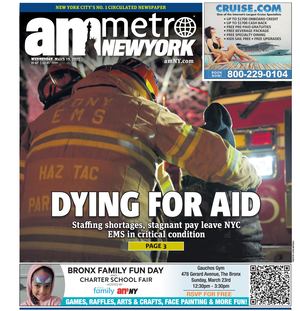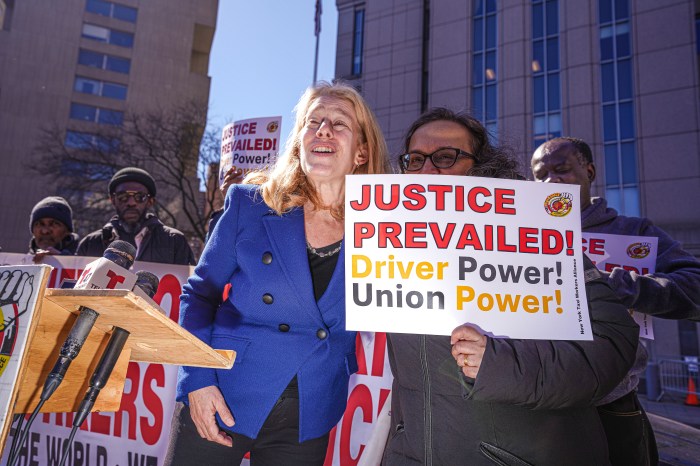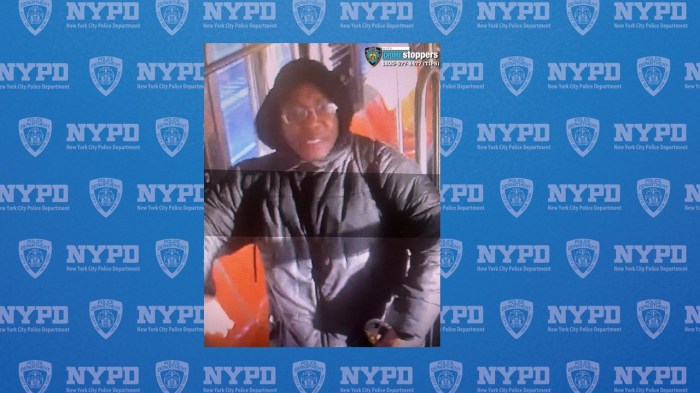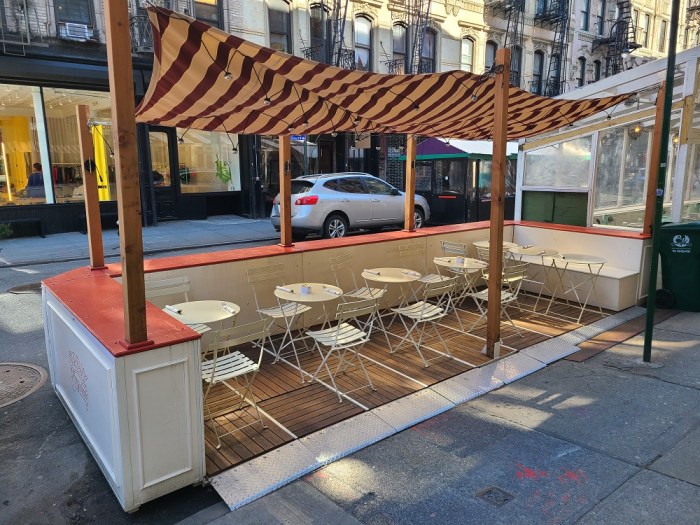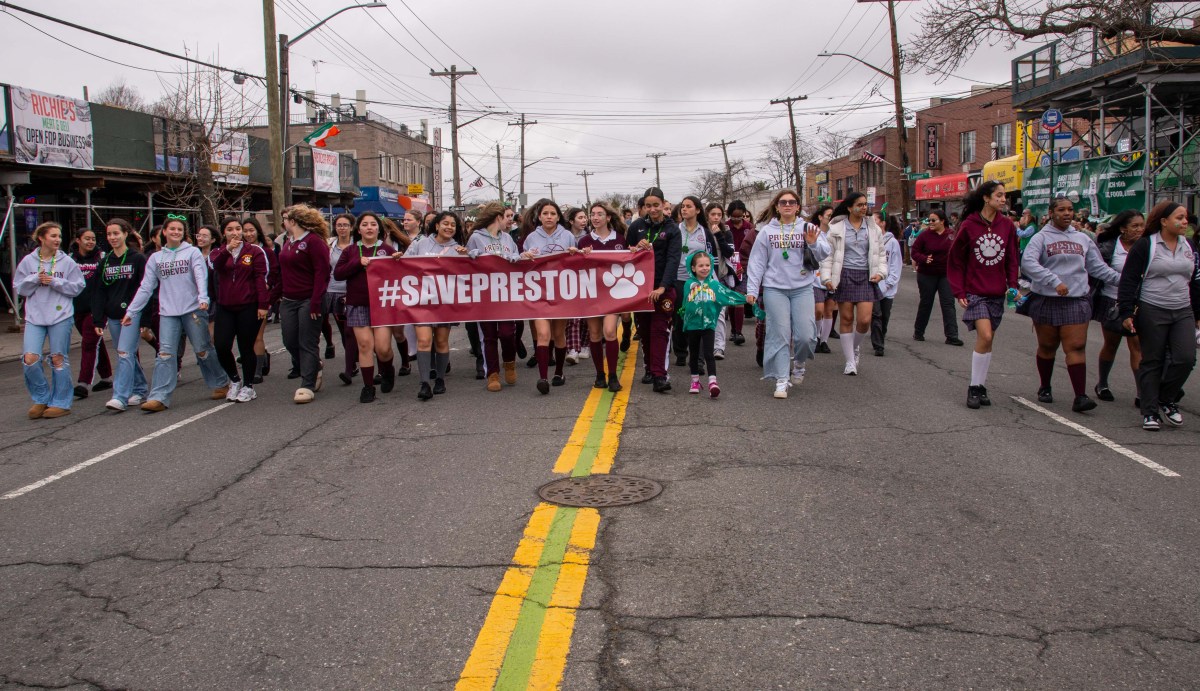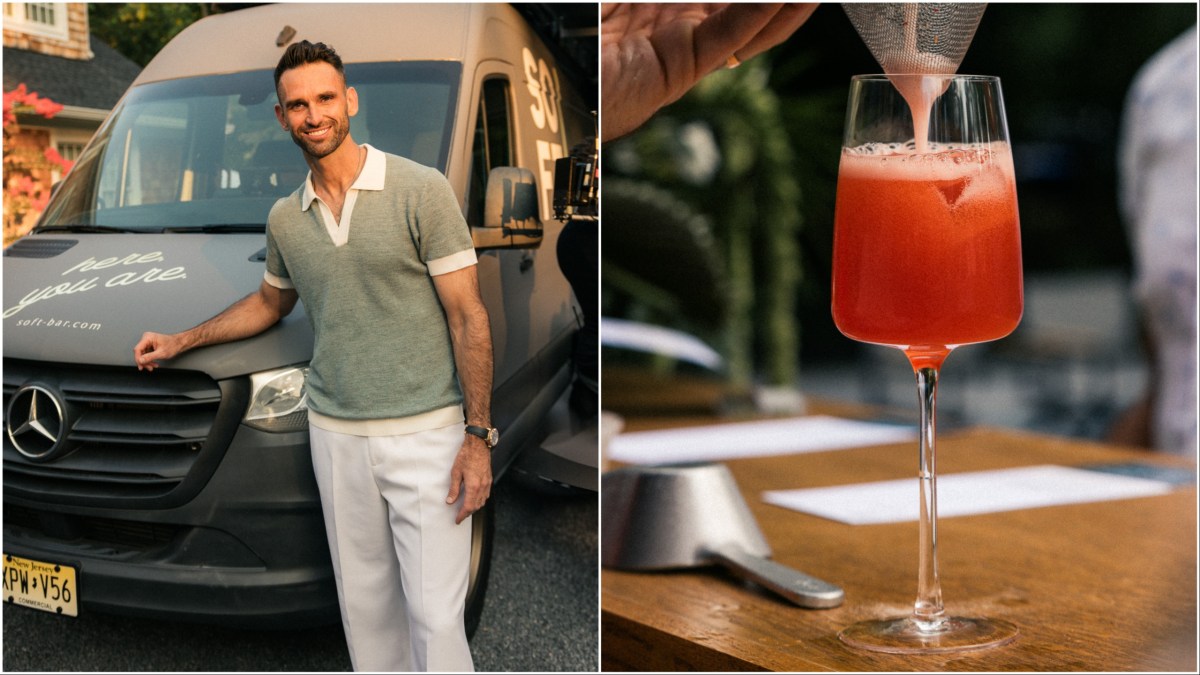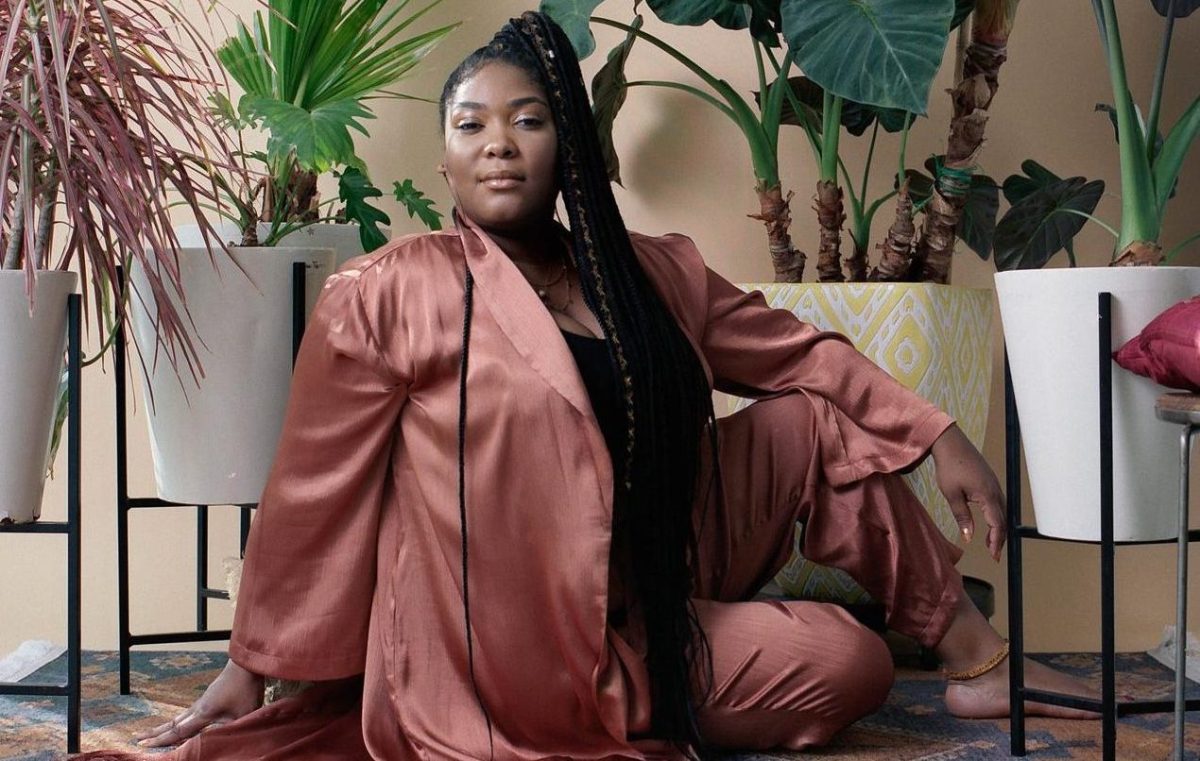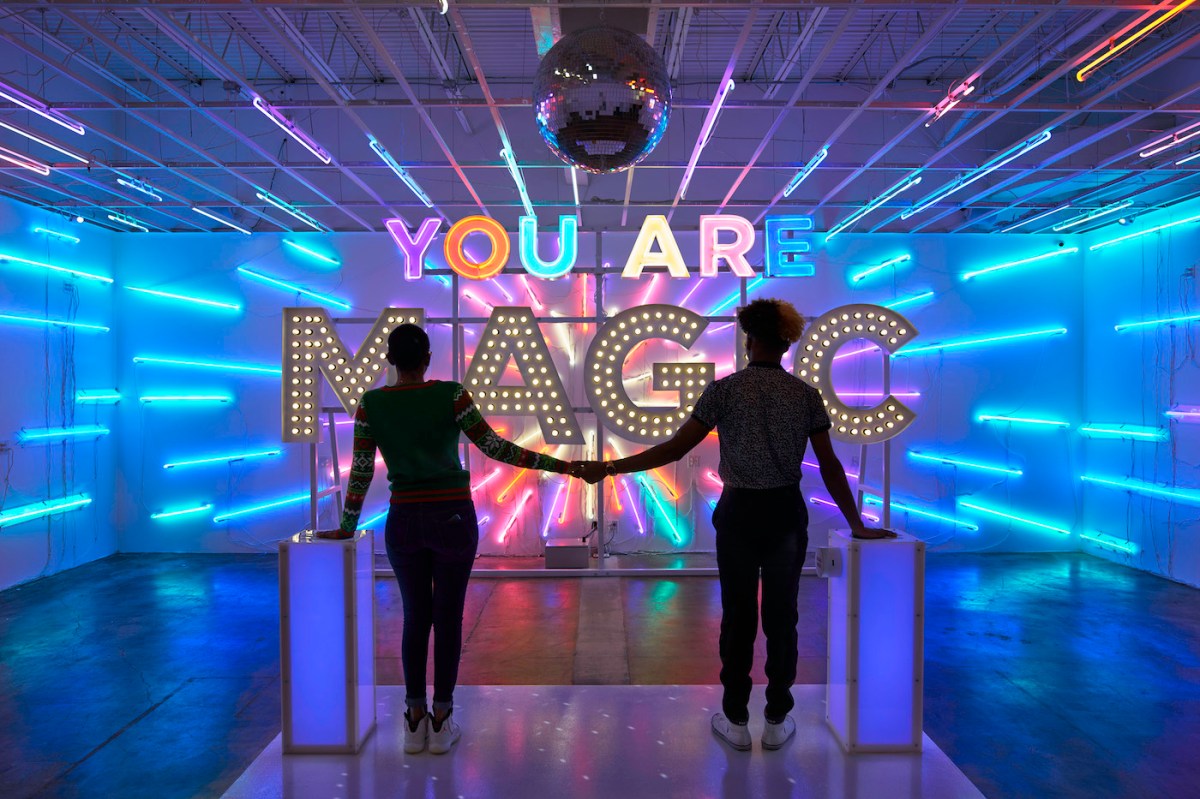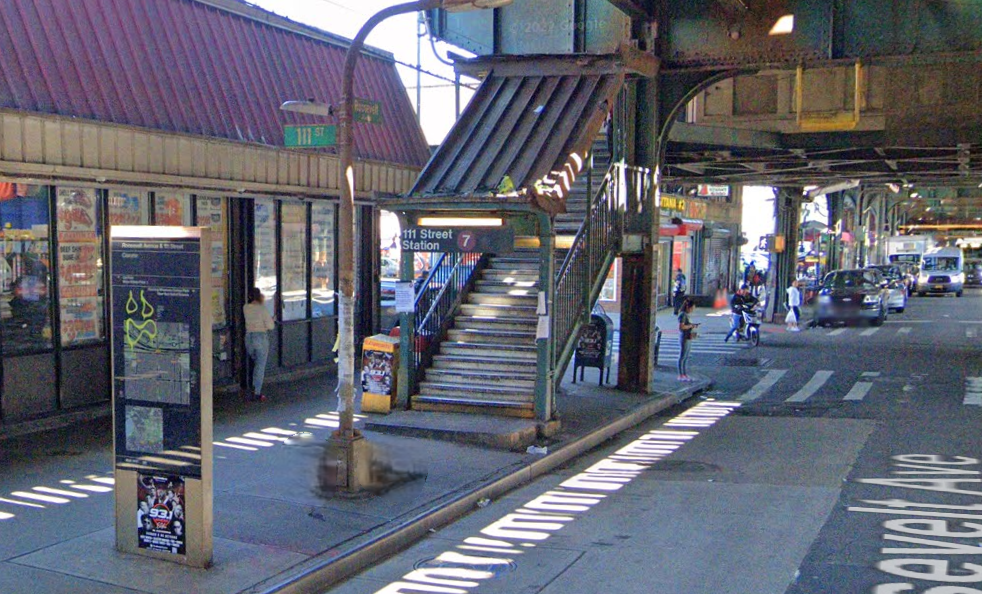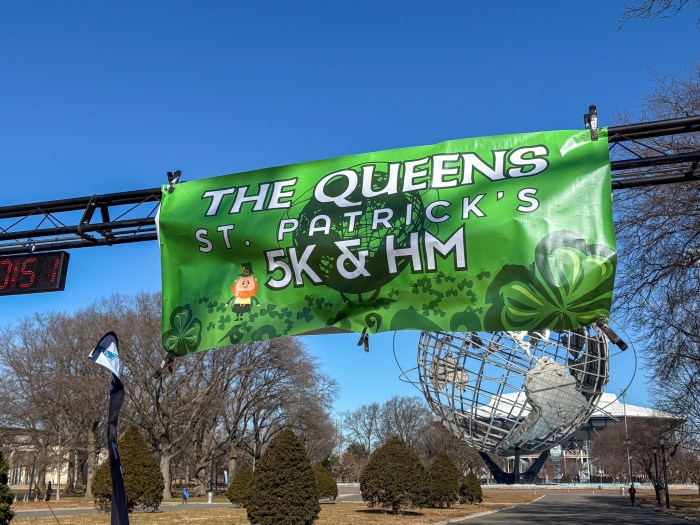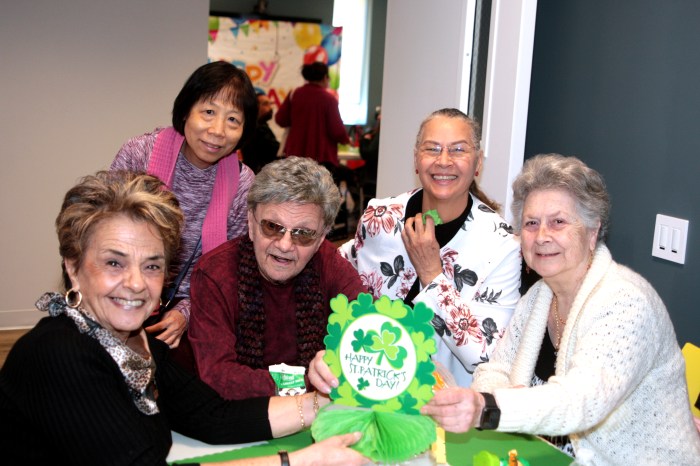More women are behind the wheel – and getting paid.
High crime and dangerous streets have pushed many women out of the industry since the 1970s. But as the city, and services like Uber and Lyft, have beefed up safety measures through new technology, more women are opting into the profession.
Women first became part of New York’s taxi force in the 1940s, according to 2014’s “Taxicab Fact Book.” By the 1970s several thousand women were a part of the city’s yellow taxi fleet, but that figure shrunk to a few hundred by the 1990s, said Allan Fromberg, a spokesman for the Taxi and Limousine Commission.
“There was definitely a mass exit of many female cab drivers in the 1970s due to the wave of crimes,” Fromberg said. “When crime was brought more under control and the city was a significantly safer place, starting in the ’90s, unfortunately women did not come back in those numbers.”
But that’s changing now.
About 349 women were registered as active medallion taxi drivers in 2015, 63 more than 2010, and 1,375 women were working in the for-hire vehicle service industry in the city.
Companies such as Uber and Lyft have made the profession more attractive for women, since they track client information and allow their drivers to make up their own schedule.
“I never thought that I would drive a taxi,” said 53-year-old Bronx resident Adalgisa Sanchez. She started driving with Uber three years ago, after leaving her job as a graphics designer to take care of her daughter. “I didn’t want anybody getting in my car without knowing who they are, and I didn’t want to handle money in my car.”
Uber has about 76,000 women drivers nationwide, about 19% of its fleet. About 30% of Lyft drivers are female.
Women make up about 4% of New York City’s for-hire operators and 1% of medallion drivers.
The flexible scheduling offered by for-hire services has helped make them more attractive for women, especially mothers, compared to working as medallion drivers, who often work set shifts because the vehicle or medallion is shared or rented, according to Bhairavi Desai, founder of the New York Taxi Workers Alliance.
“Most women (medallion) drivers I’ve known through the years tend to be driver-owned vehicle operators because they own the vehicle and have more control (over their schedules),” Desai said. “In the same way that women could organize their schedules or sense of control being in the DOV model, that’s similar to how people would view the Uber model.”
Taxi drivers had the highest number of deaths due to violence compared to any other occupation from 2006-2013, according to data from Bloomberg News. And the Bureau of Labor has classified the profession as one of the most dangerous jobs in the country.
But Fromberg said that the statistics reported by the BLS don’t accurately reflect the industry in New York City. “There is no question in my mind that New York City has skewed the national take on the dangers of being a cab driver.”
Melissa Plaut, a 40-year-old yellow cab driver since 2004, found that being a female cabbie was filled with other pressing concerns outside of the realm of danger.
Plaut who is also a student at Hunter College and the author of “Hack: How I Stopped Worrying About What to Do With My Life and Started Driving a Yellow Cab,” said that the biggest hurdle for her and many other female cabbies was breaking from a shift to use a restroom.
“(It’s) hardest thing about being a female cab driver,” Plaut said.
“Having to look for parking every day and using a restroom somewhere gets expensive. Almost all of the guys I knew circumvented that.”
